Sound Experiences in Buildings
Sound Reducing Gypsum Panels
Interior partitions are routinely constructed of metal or wood framing with gypsum panels (drywall) on both sides. With the increased focus on acoustics, human health, and work productivity, higher STC ratings are more routinely specified for these interior partitions. To meet the higher STC ratings, gypsum board partitions require enhancements beyond what conventional gypsum panels provide. Traditionally, these enhancements include adding sound insulation between the studs, using thicker or multiple layers of gypsum panels, or using resilient channels to decouple the drywall from the studs, all of which require additional time and extra cost. In the case of thicker or multiple layers of gypsum panels, the usable square footage of space is decreased, and the increased depth of the partition can impact detail coordination, particularly around door openings and utility boxes.
Design professionals seeking to balance acoustical performance, wall thickness, and cost are finding that there are options available using sound reducing gypsum board. Such products are made as gypsum panels but use a technique known as constrained layer damping (CLD). Products using this technique achieve high sound attenuation and fire resistance in one panel using less space, less material, and less labor than other acoustical treatments. CLD panels are manufactured with a viscoelastic polymer central layer that allows thin gypsum outer layers to independently shear, thus dissipating the acoustic energy of sound waves. This results in less audible energy passing through the CLD panels.
Essentially, constrained-layer damping is a vibration isolation technique that was originally developed for naval vessels and airplane fuselages. CLD requires the application of materials that are viscoelastic and can deform easily when stressed and then return back into their original form. Sound reducing drywall products, through the application of such viscoelastic materials in gypsum panels, use shear-loading and vibration decay to reduce noise by 10 dB or more versus traditional treatments. Simply put, this makes it easier for the building partition to reduce vibration, which makes sound isolation much more efficient. Acoustic testing has been performed on a vast number of interior partitions using CLD panels to document the STC rating of assemblies. In many cases, the desired acoustic performance can be achieved with a single CLD layer without the need for multilayered gypsum panels, resilient channels, or supplemental products. This reduction in material and labor also decreases the chance for improper installation that can compromise performance.
CLD panels are easy to install and finish just like any standard gypsum panel product. Compared to multiple layers of drywall and resilient channel, CLD panels provide similar (if not better) STC results while reducing the amount of materials and labor needed, resulting in a lower installed cost compared to other acoustical treatments.
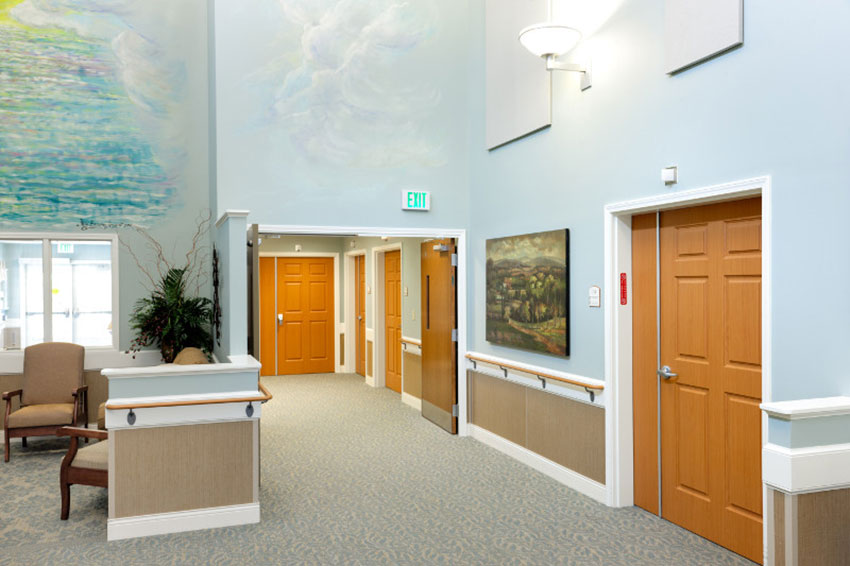
Photo courtesy of Construction Specialties, Inc.
If a door is placed in a partition with a designed sound rating, then that door should achieve the same sound rating as the wall for a continuous acoustical experience.
Acoustic Doors
While ceilings, walls, and floors are the usual focus of acoustical treatment in buildings, there are other surfaces and products that can directly contribute to the sound related experience of a space. A primary concern is with doors which are needed for access into and out of spaces, but if they are not also addressed acoustically, then unwanted sound transfer and noise will be present. It is important to note that in most commercial building applications, this means not only addressing the operable door itself but also the way that the door seals against the frame within the wall.
Sometimes, design professionals incorrectly assume that in order to make doors perform and achieve desired STC ratings, the aesthetics of the door or its ability to resist wear and impact has to be sacrificed. A review of the available options for acoustically enhanced doors quickly reveals that assumption is not correct. Rather, a range of interior doors are available that maintain the aesthetic options found on many other commercial door types and achieve very high levels of durability, all while still providing superior acoustic design and performance. Doors and frames are acoustically tested according to the same standards that other building components are. There are two common tests used by independent testing laboratories to determine acoustic performance. The first is ASTM E-90 “Standard Test Method for Laboratory Measurement of Airborne Sound Transmission Loss of Building Partitions and Elements.” The scope of this test method is intended to cover the laboratory measurement of airborne sound transmission loss of building partitions such as walls of all kinds, operable partitions, floor-ceiling assemblies, doors, windows, roofs, panels, and other space-dividing elements. The second is ASTM E413 “Classification for Rating Sound Insulation”. This classification covers methods of calculating single-number acoustical ratings (i.e., STC and related acoustical ratings) for laboratory and field measurements of sound attenuation in materials. Combined with ASTM E-90, this test is useful to determine how well an acoustic door reduces the amount of sound transfer between the two sides of the door.
Acoustic doors are tested as an assembly for both static tests of the doors and for an operable condition in a frame. Putty is used around the perimeter for the static test, so only the door unit is being assessed. For an operable test, gaskets, door bottoms, and sills are used. The operable rating provides a result closer to the installed condition of the door than the static test. Either way, the tests reveal the amount of sound transmission loss over a range of designated frequencies. It is important to specify that acoustic doors must be purchased with the gaskets that were used in testing in order to achieve the desired sound ratings.
Acoustic Ceiling Design
In terms of sound isolation, meeting the minimum STC 50 requirement for floor-ceiling assemblies (i.e., floor to floor vertical sound transmission) is impractical with a concrete structural slab alone. It would have to be too thick and massive, resulting in a higher slab cost and causing a ripple effect throughout the enlarged building structure and foundation. Instead, suspending an acoustic ceiling below the slab improves the floor-ceiling STC rating by 6-7 points. This takes the performance of a thinner and lighter-weight concrete floor slab in the low to mid 40s and boosts the performance over the STC 50 required in the standards. Most importantly, all ceiling panels in the market (stone wool, fiberglass, mineral fiber) offer the same improvement in STC to the floor slab. The architect/specifier does NOT need to select/specify ceiling panels of a certain material or weight or with a specific sound isolation rating. Acoustic ceilings are a great and cost-effective way to comply with the sound isolation requirements in the standards.
Finally, maximum background noise requirements are addressed by stone wool acoustic ceilings as well. Oftentimes, the noisiest devices affecting background (or ambient) sound levels are immediately above the ceiling in the plenum. These can be air terminal units (variable air volume boxes, fan-powered boxes, etc.) or other devices. The only element between the noise produced and the people in the room below is the suspended acoustic ceiling. To be effective at attenuating MEP plenum noise, an acoustic ceiling must:
- Be highly sound absorptive (high NRC) to absorb noise inside the plenum and inside the room below,
- Have a soft and malleable surface to conform to the irregularities in the supporting grid flanges and seal up potential noise leaks, and
- Be of sufficient weight (0.5 psf) to keep noise from passing through the ceiling panel itself.
Research and standards published by the American Society of Heating, Refrigeration, and Air-Conditioning Engineers (ASHRAE) and Air-Conditioning, Heating, and Refrigeration Institute (AHRI) state that all ceiling panels (fiberglass, stone wool, mineral fiber) perform the same in the frequencies of concern. One type of panel might weigh more, but another might absorb more or seal noise leaks along the grid more effectively. Therefore, architects do not need to specify ceiling panels of 1.0 psf or more or having a certain sound isolation rating when it comes to attenuating MEP plenum noise. Hence, acoustic ceilings are a great and cost-effective way to comply with the background sound requirements in these standards. For more detail and a simple 3-step design guide for controlling HVAC plenum noise with acoustic ceilings, refer to the HVAC Background Noise case study.
Gary Madaras, PhD, AAIA Acoustics Specialist with Rockfon has been addressing all these issues from the perspective of acoustical science for many years. He points out “With building acoustics, we seldom have a cost-effective design choice that helps us comply with so many different acoustics requirements in the standards. Implementing a stone wool or perforated metal acoustic ceiling leads to compliance with absorption, isolation, and background sound requirements.”
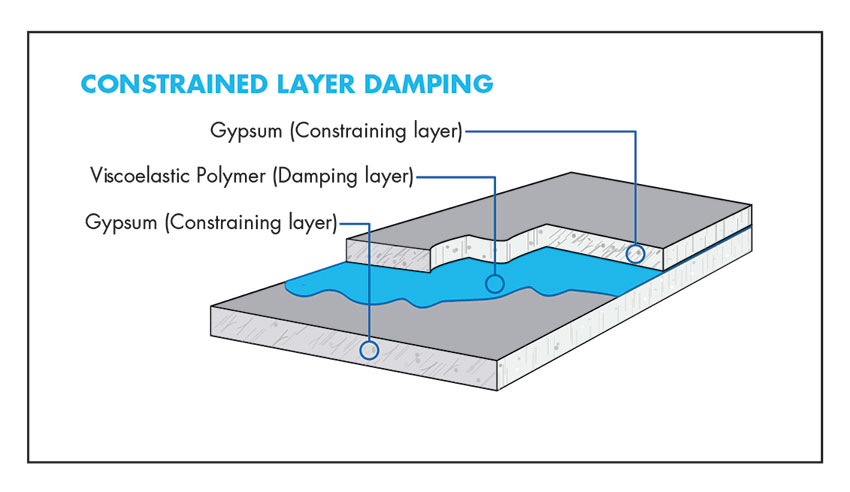
Image courtesy of PABCO® Gypsum
CLD gypsum panels use advanced viscoelastic polymers (damping layer) between two layers of gypsum (constraining layers) to reduce sound vibration in building partitions. When under vibration, the damping layer shears as the panel flexes.
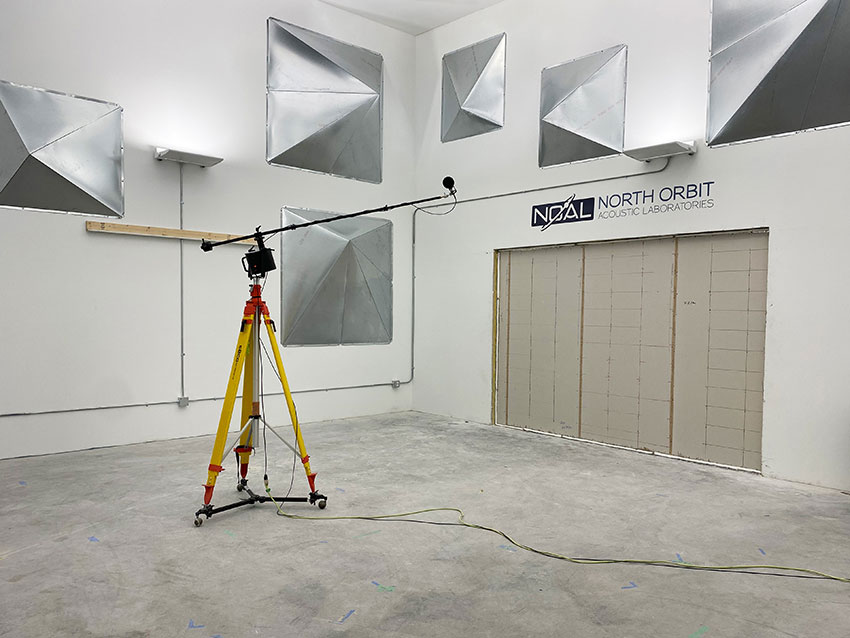
Photo courtesy of PABCO® Gypsum
CLD gypsum panels are tested in a third-party-accredited laboratory using various assemblies to determine their sound-reducing qualities and compliance with performance standards.
Notice
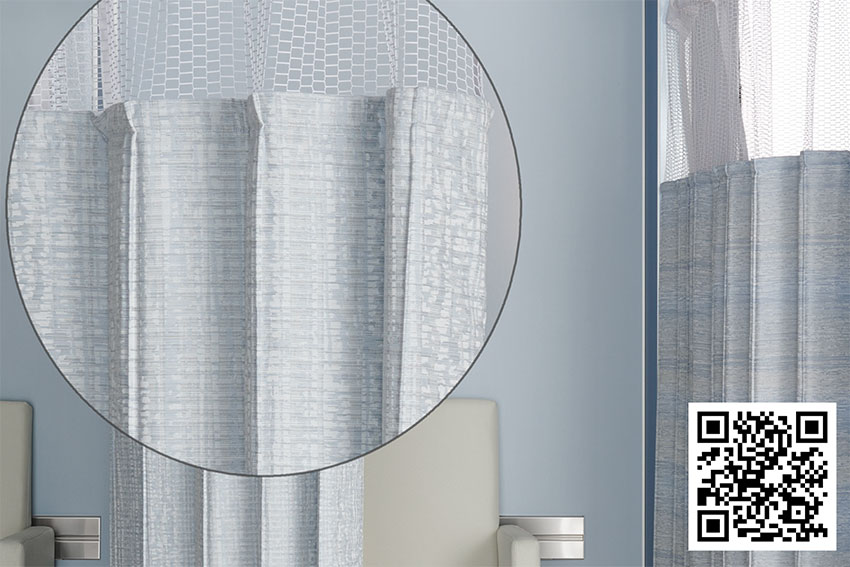
www.c-sgroup.com
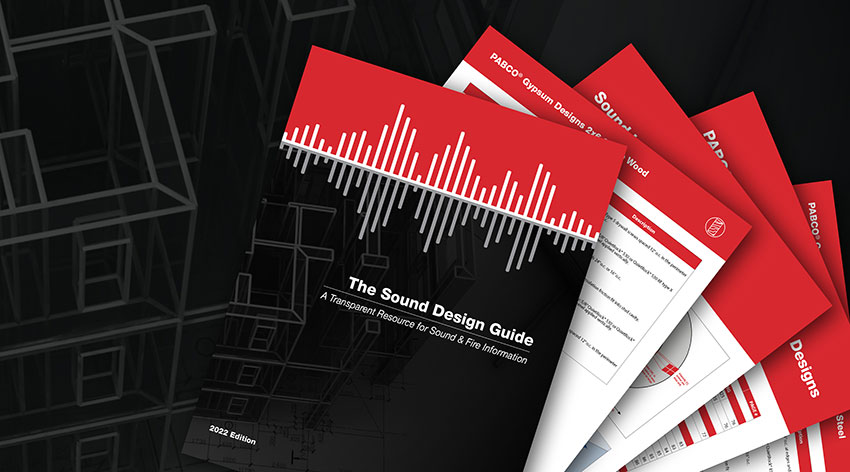
www.PABCOgypsum.com/tsdg
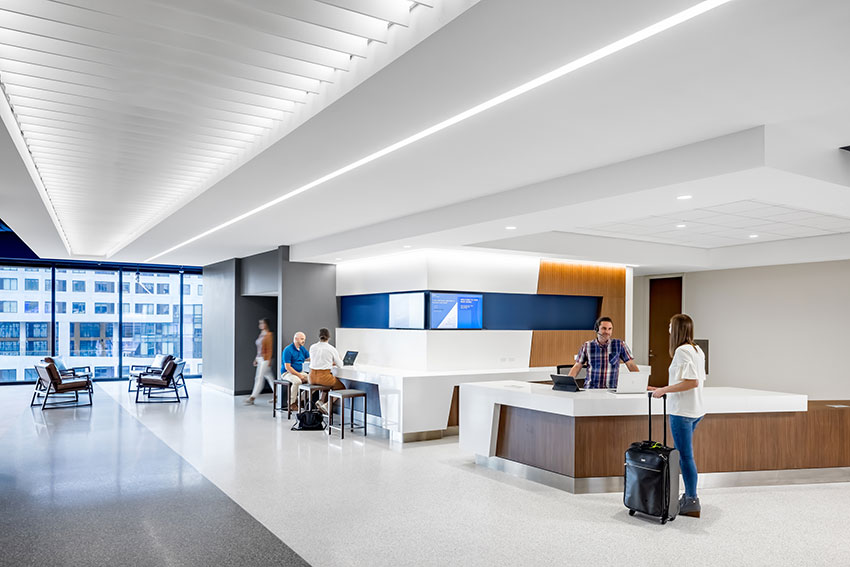
www.rockfon.com









